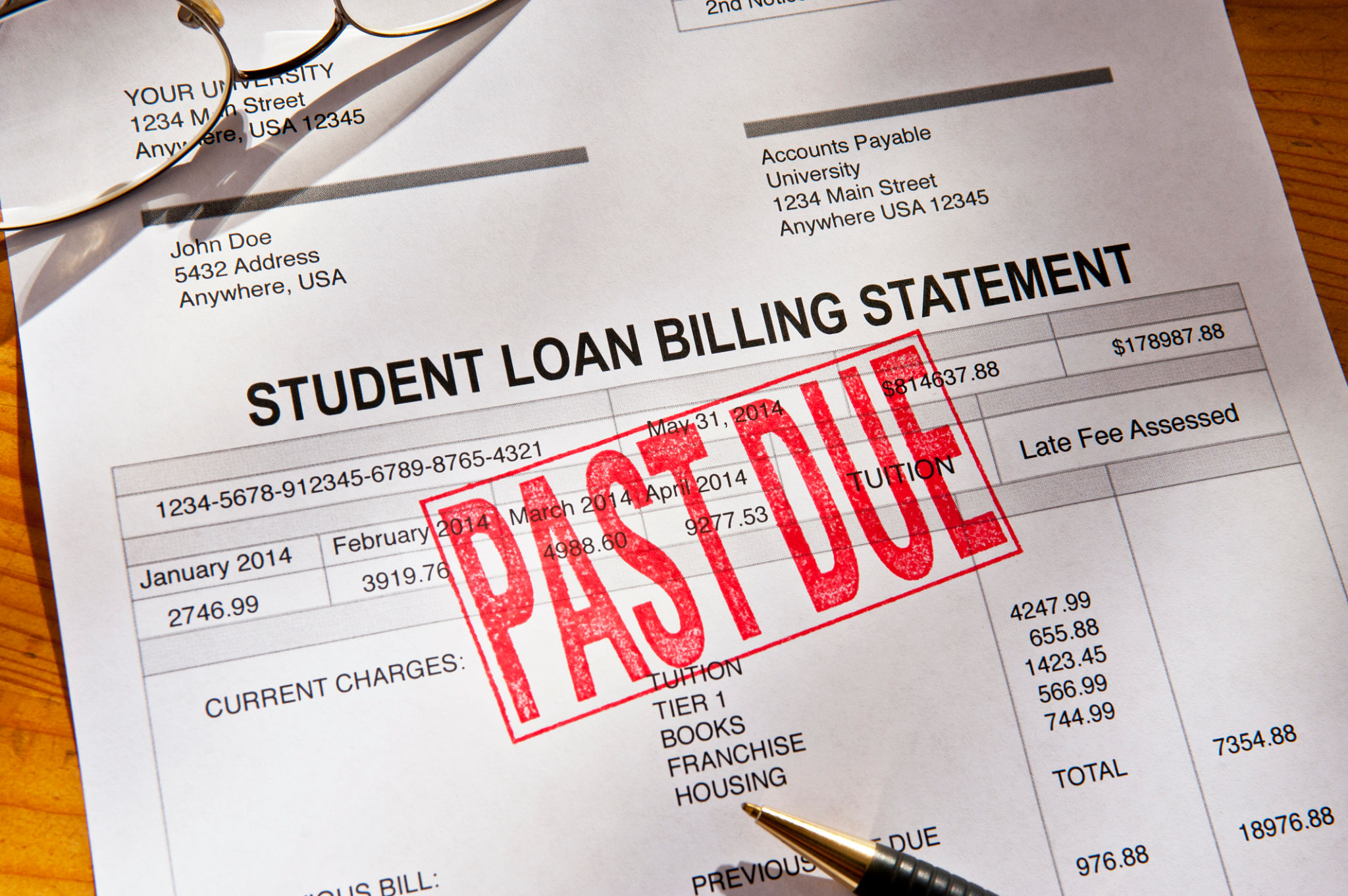Maximizing Student Loan Forgiveness Opportunities: What You Need to Know
Understanding the Basics of Student Loan Forgiveness
Student loan forgiveness can feel like a beacon of hope for many borrowers. It offers the potential to eliminate a significant portion of your student debt, but understanding the various programs and eligibility criteria is crucial. There are several options available, each with its own set of requirements and benefits. Navigating these can be tricky, but with the right information, you can maximize your chances of reducing your debt burden.

Federal Student Loan Forgiveness Programs
The federal government offers several student loan forgiveness programs designed to assist borrowers. Some of the most popular include:
- Public Service Loan Forgiveness (PSLF): This program forgives the remaining balance on Direct Loans after 120 qualifying monthly payments under a qualifying repayment plan, while working full-time for a qualifying employer.
- Teacher Loan Forgiveness: Teachers who work full-time for five consecutive years in a low-income school or educational service agency may qualify for up to $17,500 in loan forgiveness on Direct Subsidized and Unsubsidized Loans and Subsidized and Unsubsidized Federal Stafford Loans.
- Income-Driven Repayment Plan Forgiveness: Borrowers on income-driven repayment plans can have their remaining loan balance forgiven after 20 or 25 years of qualifying payments, depending on the plan.
Eligibility Requirements
While each program has specific requirements, there are some general eligibility criteria you should be aware of. Typically, you must have federal loans to qualify for these programs. Additionally, making consistent and timely payments is crucial. For PSLF, working in qualifying public service jobs is mandatory. It's important to verify your eligibility early and keep detailed records of your employment and payments.

Maximizing Your Forgiveness Opportunities
To maximize your student loan forgiveness opportunities, thorough research and planning are essential. Start by identifying which programs you are eligible for, and tailor your career path accordingly if possible. Keeping detailed documentation of your employment and payments will also help ensure that you meet all criteria when you apply for forgiveness.
Staying Informed and Updated
The landscape of student loan forgiveness is continually evolving. Staying informed about changes in policies and new opportunities is vital. Regularly check official resources like the U.S. Department of Education's website and subscribe to updates from reputable financial aid advisors. This proactive approach can help you take timely action and avoid missing out on potential benefits.

Common Mistakes to Avoid
Avoiding common pitfalls can significantly enhance your chances of obtaining loan forgiveness. One frequent error is failing to recertify income-driven repayment plans annually, which can lead to disqualification. Additionally, not understanding the terms and conditions of your specific program can result in missed opportunities. Regularly review your loans, repayment status, and program requirements to ensure you remain eligible.
The Importance of Professional Advice
If navigating the complexities of student loan forgiveness feels overwhelming, consider seeking professional advice. Financial advisors specializing in student loans can provide personalized guidance based on your unique situation. Their expertise can help you understand your options better and develop a strategy to maximize your forgiveness potential.
In conclusion, while student loan forgiveness can offer significant relief, taking strategic steps and staying informed will increase your chances of success. By understanding the programs available, meeting eligibility requirements, and avoiding common mistakes, you can effectively reduce your student debt burden.